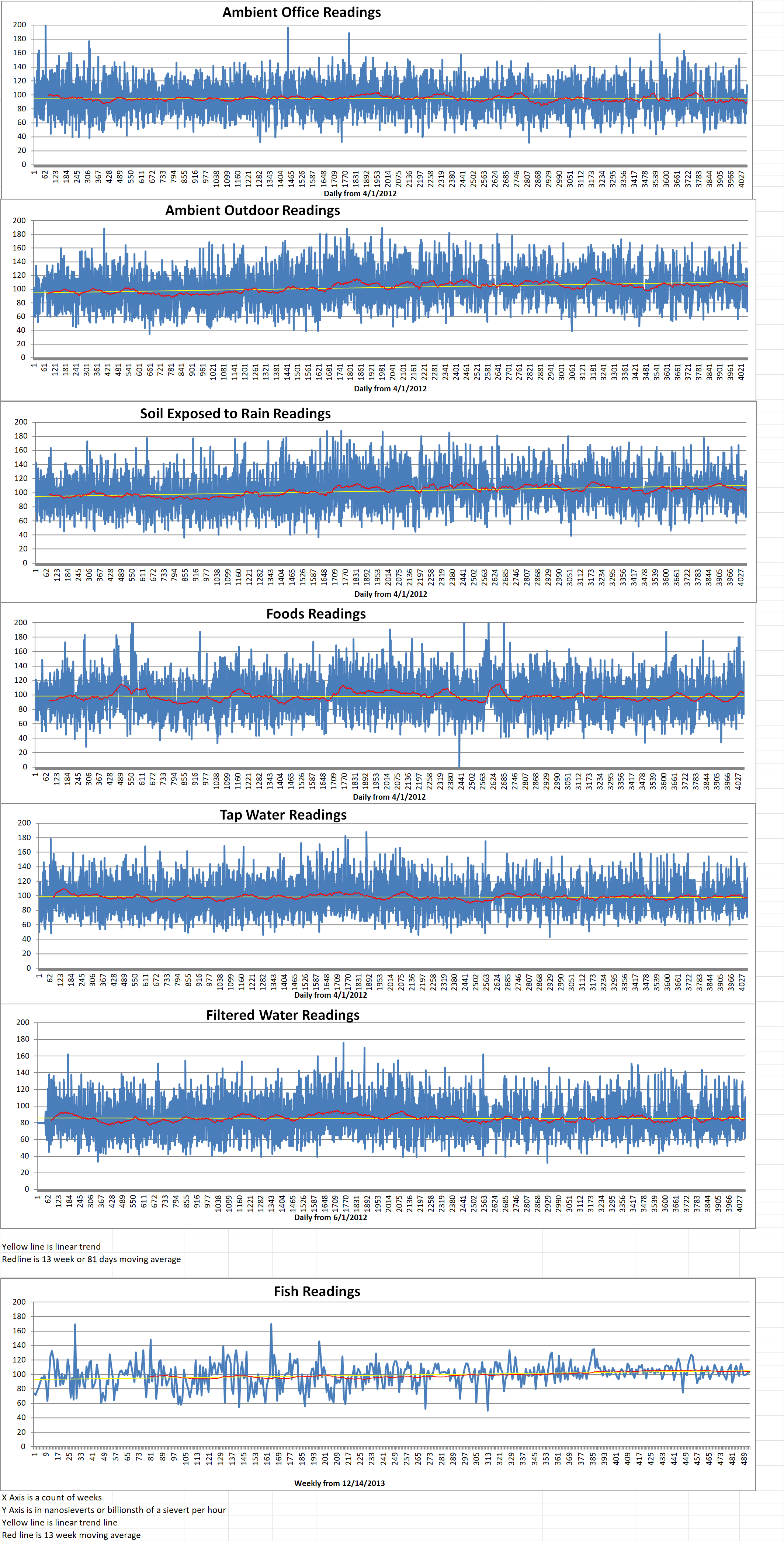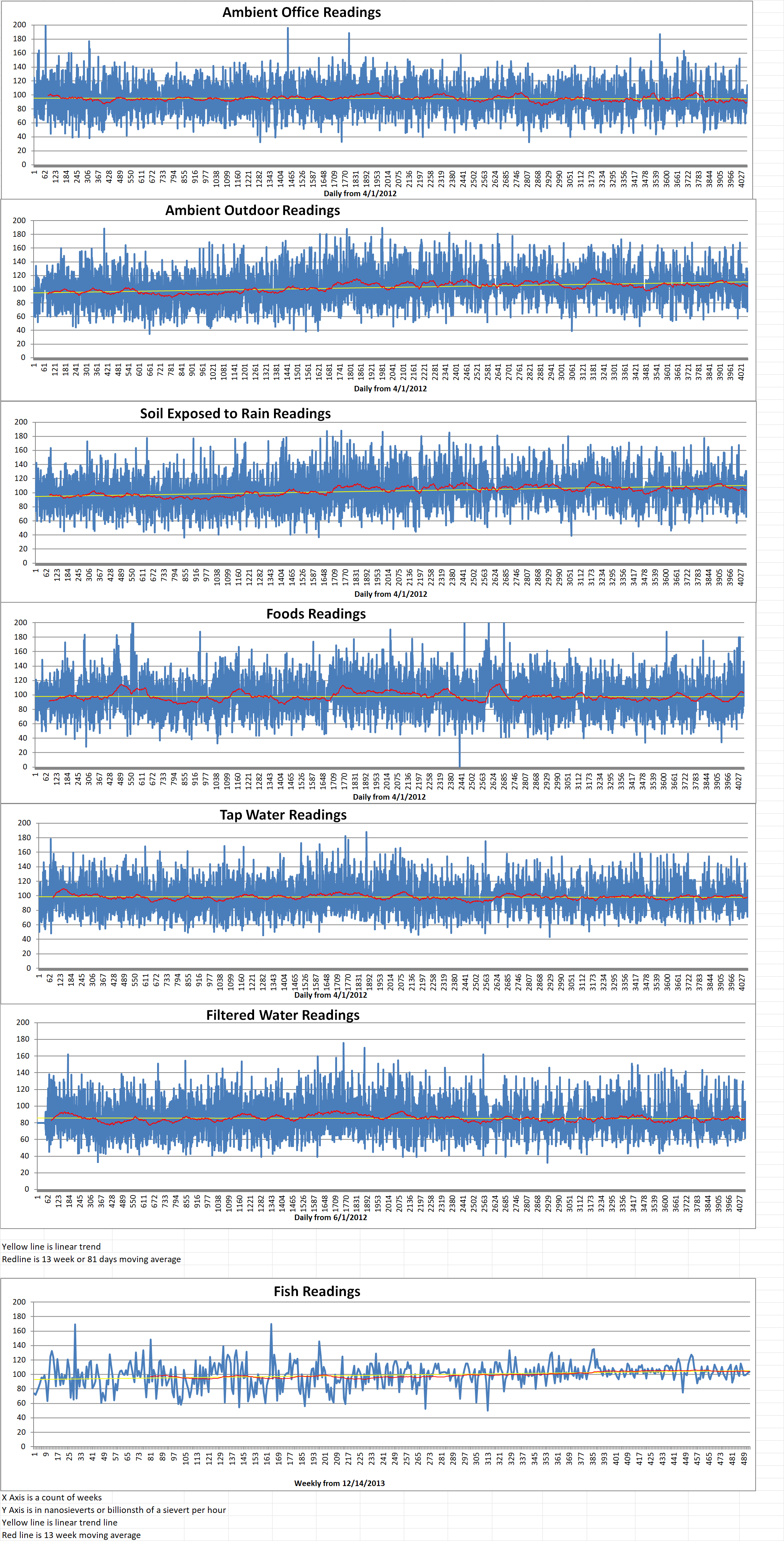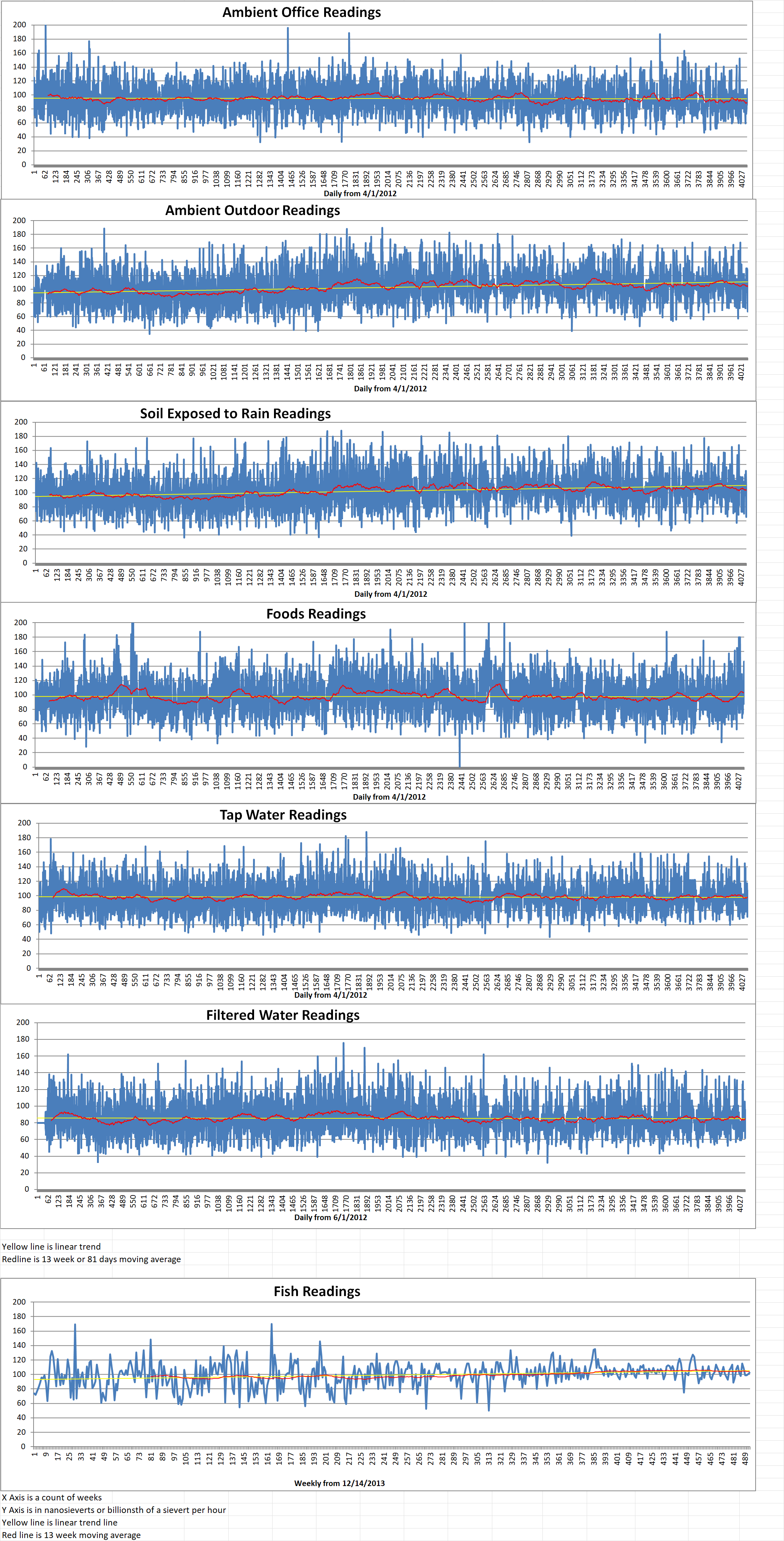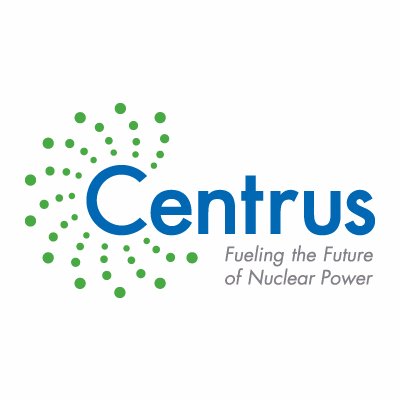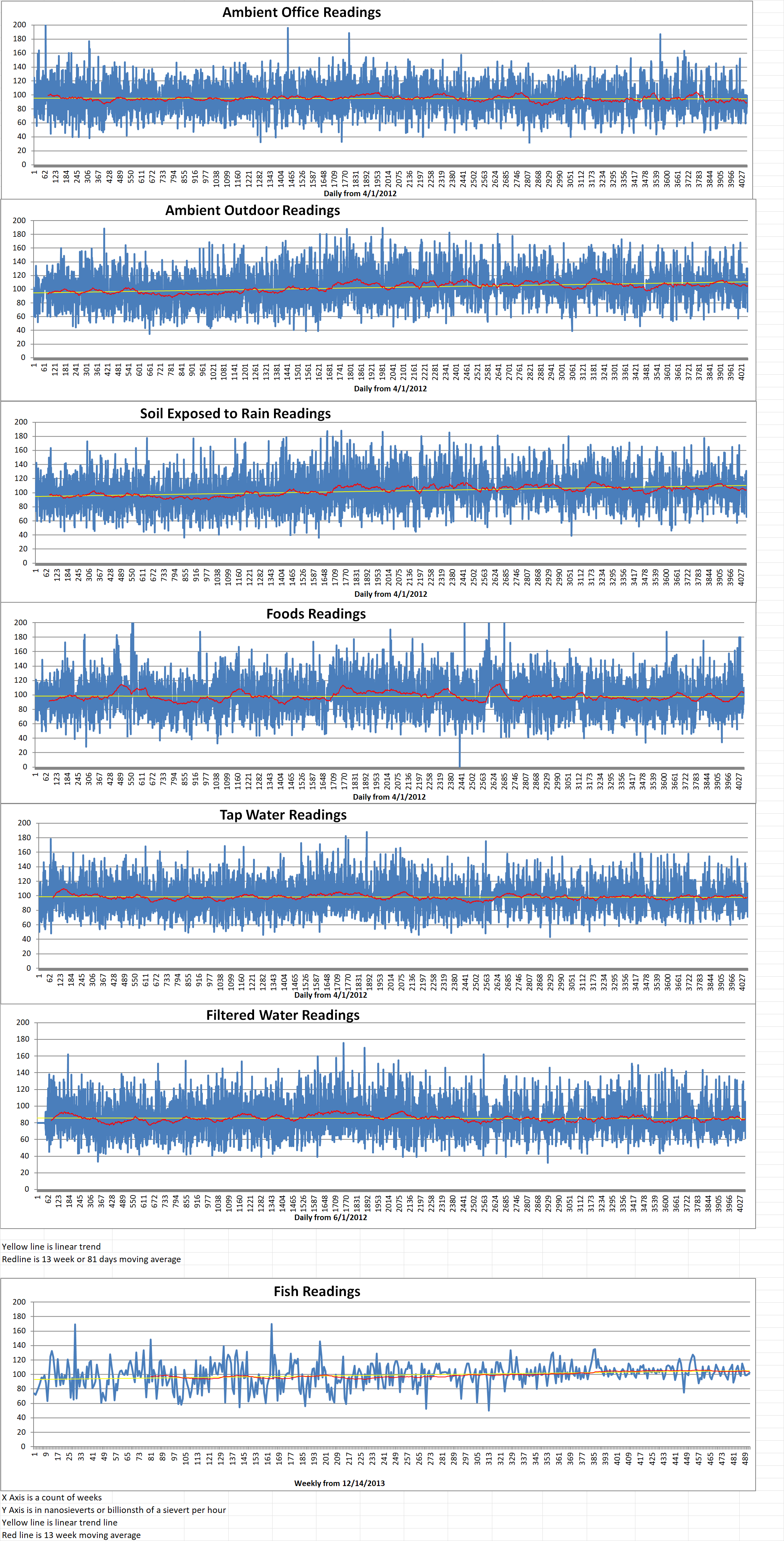NuScale Power Corporation just announced the opening of the first privately-funded NuScale Energy Exploration Center (E2 Center) at Seoul National University (SNU) in partnership with GS Energy Corporation, Doosan Enerbility and Samsung C&T corporation.
The E2 Center offers participants a hands-on opportunity to apply nuclear science and engineering principles through simulated, real-word nuclear power plant operating scenarios. The E2 Center employs state of the art computer modeling to simulate a NuScale 924 megawatt VOYGR-12 small modular reactor (SMR) plant powered by twelve NuScale Power Modules.
NuScale said, “As the first E2 Centre in Asia, the educational training hub serves as a workforce development tool for South Korea to develop the next generation of advanced nuclear experts, technologists, and operators, positioning the country to become a regional leader of SMR deployment in Asia.”
José Reyes is the NuScale Co-Founder and Chief Technology Officer. He said, “NuScale’s groundbreaking SMRs are years ahead of the global competition as the only advanced nuclear technology with US Nuclear Regulatory Commission approval, and today’s opening of the E2 Centre allows South Korea to advance its position as a global leader in clean energy. With the support of our partners GS Energy, Doosan, Samsung C&T, and Seoul National University, we are excited to reach this new milestone in our collaboration to advance the shared goal of global decarbonization.”
Professor Eung Soo Kim is the Head of SNU’s Department of Nuclear Engineering. He said, “The E2 Centre provides our students with an unrivaled opportunity to engage in hands-on SMR operations, cultivating the expertise essential for leading the global clean energy transition. We are proud to be the first institution in Asia to integrate NuScale’s state-of-the-art simulation technology into our curriculum.”
The first center opened at Oregon State University in November 2020. It was followed by a second center at the University of Idaho at the Center for Advanced Energy Studies in August 2021. The third center is located at Texas A&M’s Engineering Experiment Station. It opened in November of 2021. The fourth center opened in October of 2022 at Idaho State University in Pocatello, Idaho. In May of this year, the first E2 Center outside the U.S. opened at the University of Politehnica of Bucharest, Romania.
The VOYGR nuclear power plants are based on the NuScale Power Module (NPM). It is a pressurized water reactor with all the components for steam generation and heat exchange incorporated into a single seventy-seven megawatt reactor. NuScale offers a twelve-module VOYGR-12 power plant which is able to generate nine hundred and twenty-four megawatts. It also offers the three hundred and eight megawatt four-module VOYGR-4 as well as the four hundred and sixty-two megawatt VOYGR-6. Other configurations are available based on customer needs.
Doosan Enerbility was formerly named Doosan Heavy Industries & Construction. In 2019, it signed a business collaboration agreement with NuScale for the supply of NuScale Power Modules and other equipment. Together with Korean financial investors, Doosan has made an equity investment of almost one hundred and four million dollars in NuScale.
In May of this year, private power generation company GS Energy signed a Memorandum of Understanding (MoU) with Uljin County in North Gyeongsang Province, South Korea. The purpose of the MoU is to consider the use of NuScale Power’s SMR technology to provide heat and power to the planned Uljin Nuclear Hydrogen National Industrial Complex.
A pilot six-module plant had been planned to be built near Idaho Falls in the U.S. It was intended for the Utah Associated Municipal Power Systems (UAMPS)-led Carbon Free Power Project. It was expected to be operational by 20320. However, UAMPS and NuScale announced last week that they had mutually agreed to terminate the project.

